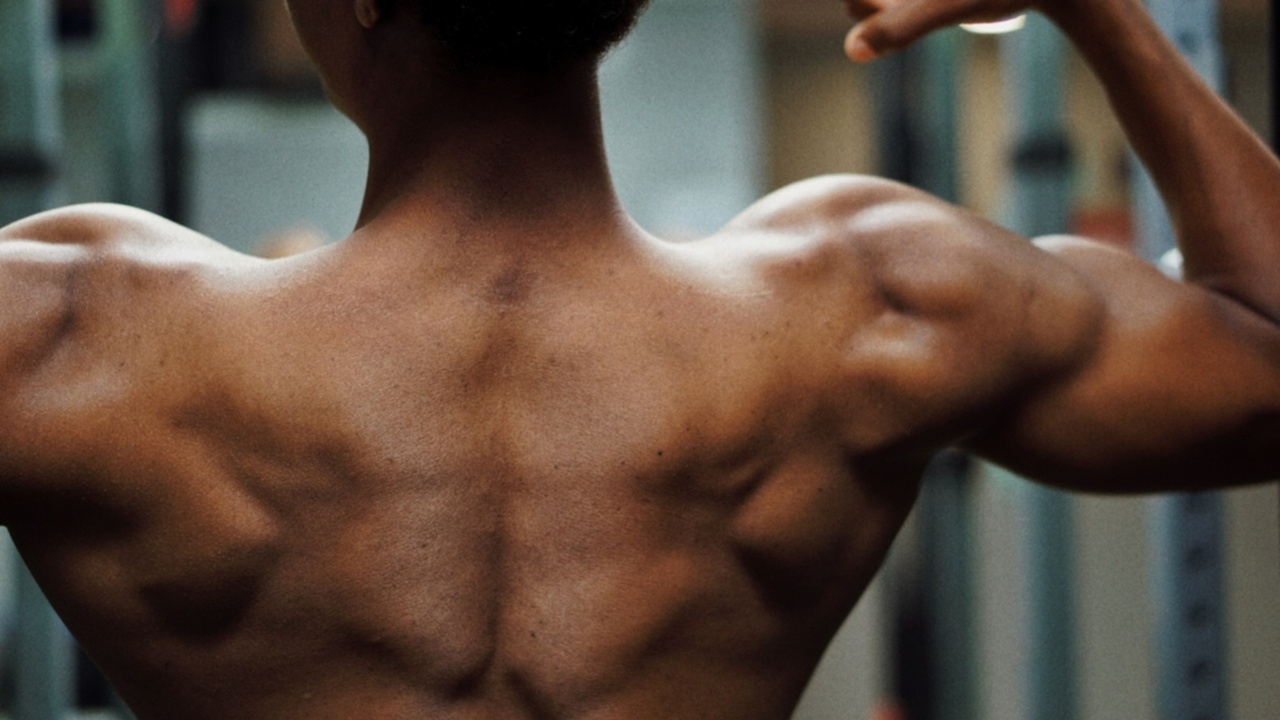6 Exercises to Improve Your Upper Body Lifts
Jun 21, 2022
‘How much do you bench Bro?’ could be the most famous question in any lifting space around the gym world. Mondays are the popular ‘Chest’ day that leaves benches and pressing machines with lines similar to rush hour on the ‘405’. The bench press is the standard for all pushing exercises but should it be a metric that most people use to evaluate strength as well as shoulder health and stability.
The key piece to any upper body pushing exercise is shoulder stability. Proper shoulder position as well as proper mobility and stability of the scapula is vital for proper strength and shoulder articulation in all ranges of motion.
We have to understand that not all pushing is exactly alike. Push-ups and bench press are similar as they are both pushing exercises but have several differences at the same time. The push-up is a lot more forgiving and typically safer with individuals that have shoulder pathology. Since there is more freedom of movement, small adjustments can be made to help work around pain and dysfunction.
In a bench press, the shoulders should be locked into the bench or pad to allow for a stable pushing position. Shoulders should be retracted and depressed with slight extension through the thoracic spine. This position is critical throughout the lift and should only allow the arms to move. The major fault that leads to most anterior shoulder and impingement pain is the forward glide of the shoulder at the bottom of the push. Therefore, back strength and proper motor control is vital for your pushing patterns.
The Lats are the powerhouse of the upper body and therefore the key stabilizer of the shoulder. This leaves the triceps as the big driver of the arm through pushing motions. The technical pieces of these lifts leave the trained person to understand what weaknesses they need to work on. Programming the proper exercises can be half the battle so it can leave you with accessory work that targets your weaknesses and leaves you pain free with the ability to get stronger at the same time.
I know what you’re thinking, horizontal pushing develops the chest, right? Well it can, but can depend on several factors; proper mechanical form, type of exercise, and what tool is being used. We must differentiate if we are focusing on strength or hypertrophy. If the focus is overall strength, then we will go back to the lats and triceps as the key elements. We need max shoulder stability and direct inline force from the triceps. If muscular development is the focus, there will need to be a horizontal abduction that recruits the chest musculature more. These are seen in an open chain exercise like pressing with Dumbbells or doing chest flies with dumbbells, cables or machines.
Typically, we get caught up in trends as they dictate what we do. We are so fixed on specific exercises and moving the most amount of weight for standards. The goal of your training should outline your main focus during that cycle but should always be task oriented. The goal should set your focus and the task is completing the laid out parameters for the desired exercise. Training should layer skills that focus on the fundamentals over time which will develop a complexity to your skills and movement. If these components are not followed; this is what leads to injury, dysfunction or to a point with no more improvement.
Listed below are Bi-plex's that you are probably not doing to assist your pushing exercises. Follow these exercises that will help build your fundamental pushing patterns.
Shoulder Extension is a key position that can restrict depth and range of motion as well can cause injury if not improved or addressed.
1a. German Squat
1b. Iso-metric Row
Strengthen the Lats and connective tissue around the scapula and shoulder with 2a and 2b.
2a. Shoulder Push-up
2b. 90 degree Hang Pulses
Learn how to recruit the musculature of the back while moving the arm. This will help with keeping the shoulder solid during a bench chest press.
3a. Shoulder Retracted Band Pull-Aparts
3b. Shoulder Retracted Straight-Arm Pulldowns
Proper form in pushing exercises are many times overlooked and can be one of the main contributors to shoulder pain. If you would like more information or to see how our team of PTs and coaches can help you break down movements and exercises, give us a call or message us to schedule a complimentary discovery session here. We can give you a new outlook of focusing your training on tasks, which gives a variety of movements with advancing complexity to build your skill, resiliency, and efficiency as you train.
